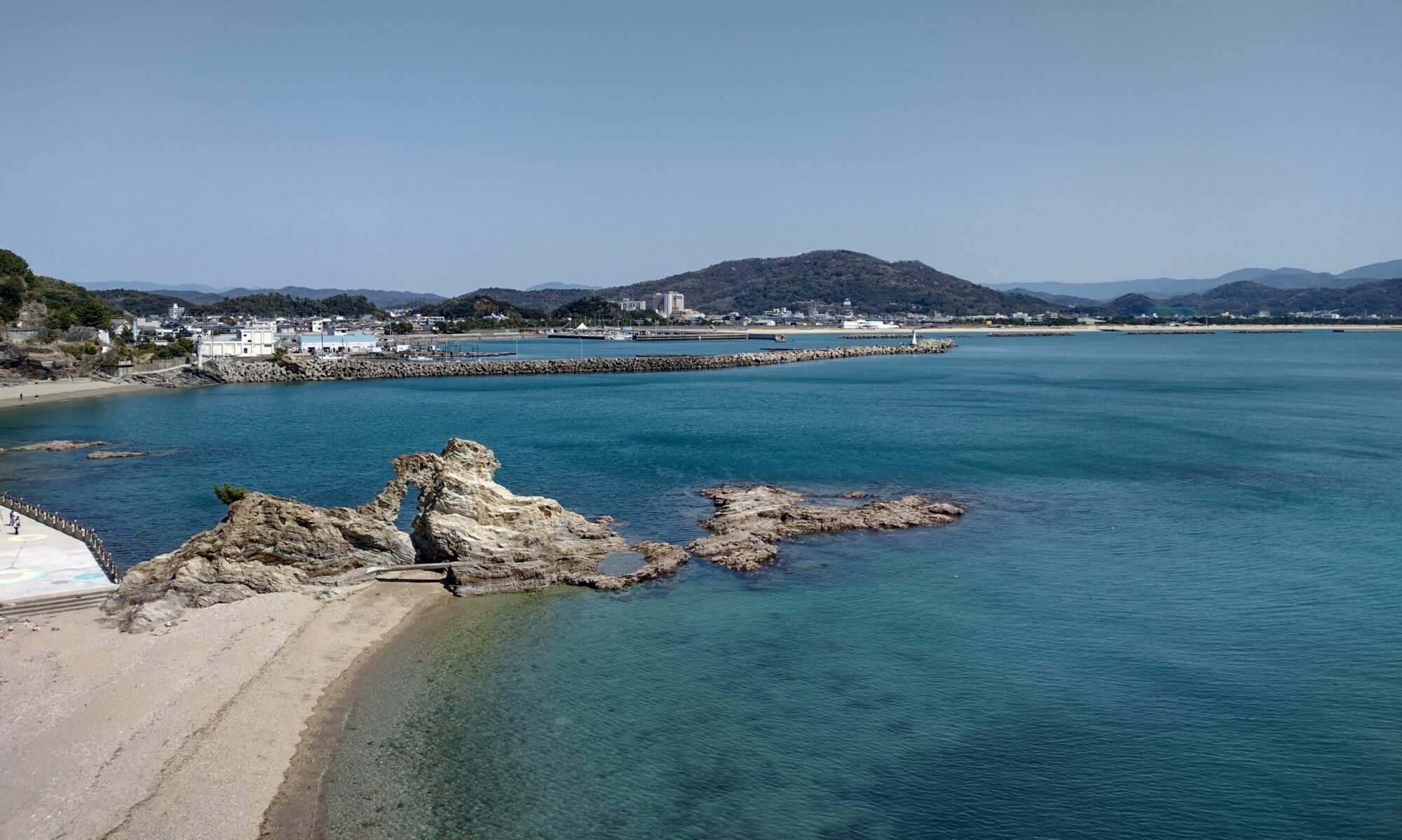History of Wakayama Castle
Resistance to the rulers
The Conquest of Kii Province
The Kino River basin, which flows near Wakayama Castle, was the base of local samurai called Saikashu in the Middle Ages. The Saikashu were an independent force from the warring feudal lords, with a group of mercenaries who specialized in tactics using firearms.
In the mid-16th century, Oda Nobunaga, who had begun to conquer Honganji, made the decision to conquer Saikashu, which had supported this armed religious force. The legendary Saika Magoichi is said to have led the mercenary group and wounded Nobunaga with his gun at this time. Magoichi is a title that refers to the leader of Saikashu, and there are still several theories as to who fought Nobunaga at this time. As a result of fierce fighting, the Saikashu, numbering about 2,000 or so, defeated the Oda forces numbering more than 10,000. They won negotiations to be relieved of their territory on the condition that they would be subservient to the Oda family.
Toyotomi Hideyoshi, who had reigned supreme over the country after Nobunaga’s death, set out in 1585 to conquer Saikashu, which once again claimed its own independence.
The rebel forces in Kishu, including Saikashu, were quickly crushed in the face of Toyotomi’s army of approximately 100,000 men.
Born of Wakayama Castle
The Order to build a castle by Hideyoshi
While awaiting their surrender by watering down one of the region’s castles, Ota Castle, Hideyoshi turned to Mount Trafus (Tiger Lying Mountain), located in the middle of Saikasho, as a base for governing the region.
He personally designed the layout and structure of the castle and entrusted his younger brother with its construction. Since Saikasho has an ancient scenic spot, Wakanoura, the most powerful man in Japan named the new castle “Wakayama Castle”, a castle on the mountain of Waka.
Establishment of Kishū Tokugawa family
Under the Rule of Tokugawa Family
After Kuwayama Shigeharu, a vassal of Hidenaga, ruled this area at Wakayama Castle for 15 years as castle representative, Tokugawa Ieyasu opened the Edo shogunate and seized power. Asano Yukinaga, who was appointed lord of Wakayama Castle by Ieyasu, transformed this castle into a modern fortress.
Later, Ieyasu’s tenth son, Yorinobu, became the lord of the castle. The Kii clan, together with the Owari clan (present-day Aichi Prefecture) and the Mito clan (present-day Ibaraki Prefecture), were known as the “Gosanke,” or three feudal lords who were relatives of the Edo shogunate and had great power. In later times, the Kishu clan produced two shoguns, Yoshimune and Iemochi.
Wakayama Castle as a cultural asset
After Meiji Period
Under the policy of the new Meiji government, many castles in Japan, including Wakayama Castle, were torn down or reduced in size. The castle keep and various buildings were left behind in order to make it a park for citizens to relax, rather than a military facility.
However, during World War II, Wakayama City was one of the target of air raids, and the castle tower was destroyed by incendiary bombs in 1945. Soon after the war, voice of storng request among the citizens to have the castle tower rebuilt, and in 1958, the symbol of the city was restored in reinforced concrete. The citizens donated 47.6% of the cost of the reconstruction, and with their passionate support, Matsuda Shigeki, an architectural engineer, and Fujioka Michio, an architectural historian, worked on the elaborate blueprints for the new castle, which was completed to inherit the history.

